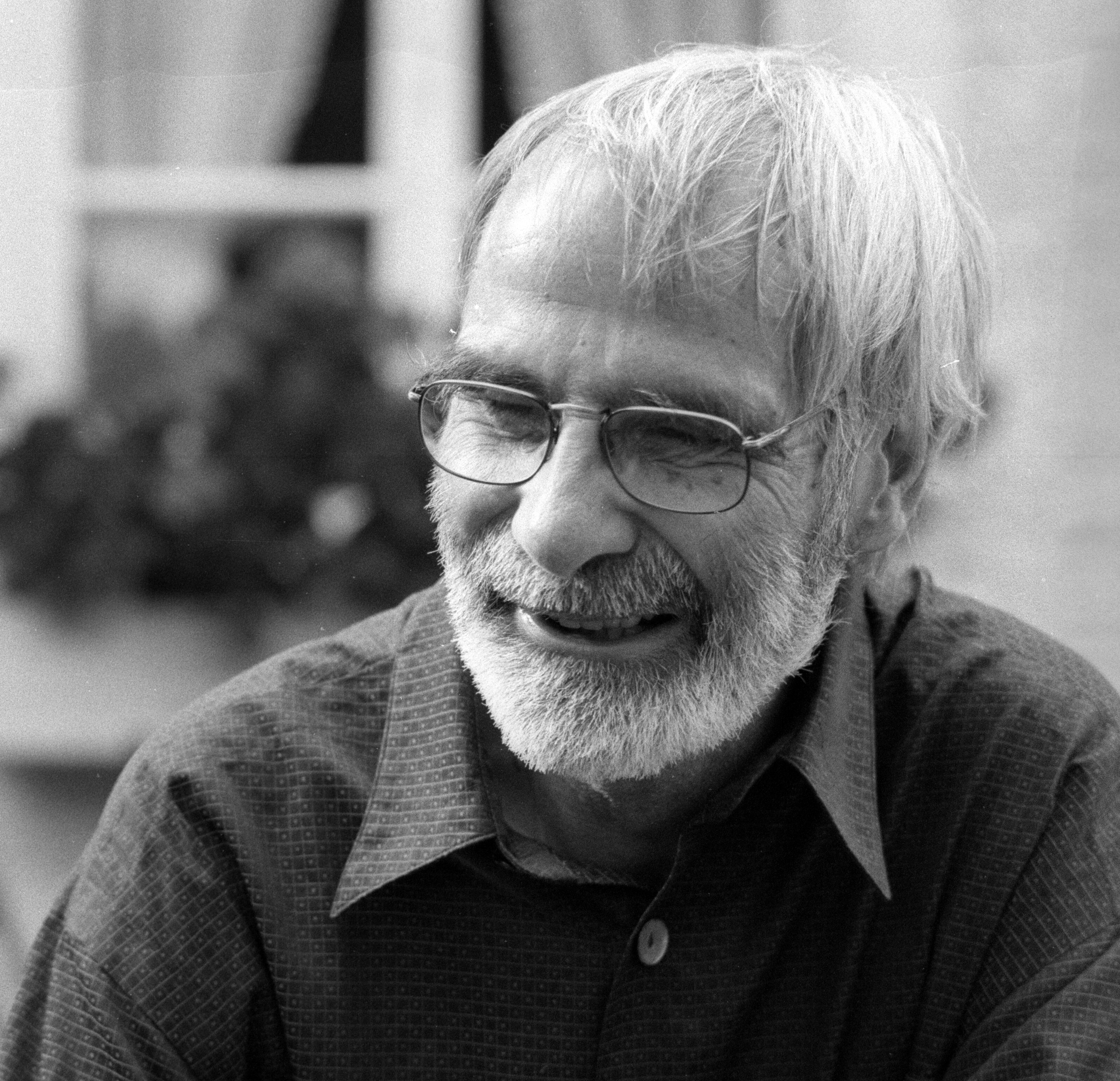Navigation auf uzh.ch
Navigation auf uzh.ch
Franz Waldner, Professor Emeritus of Experimental Physics
Born on 13 February 1928, died on 27 June 2023 at the age of 95

After completing his training as a primary school teacher, Franz Waldner worked for three years before continuing his training as a secondary school teacher and teaching at this level for a short time. From 1955 he studied physics at the University of Zurich and obtained his doctorate in 1963 under Professor Ernst Brun with a thesis on "Paramagnetic electron resonance of Fe3+ in MgAl2O4". In 1964 Franz Waldner was appointed assistant professor and in 1979 full professor in experimental physics at the University of Zurich. In 1969 he spent a year at the Argonne National Laboratory (USA), where he was not only very curious to learn about new research approaches and a different institute culture, but also intensively engaged with American society.
Franz Waldner's research interests were very broad, ranging from electron spin resonance, crystallography, magnetism and superconductivity to complex non-linear systems and the movement of desert ants.
While still a student, he worked as an assistant in Hermann Wäffler's group and, among other things, carried out measurements of cosmic radiation on the Jungfraujoch. As an assistant professor, Franz Waldner set up the electron spin resonance (ESR) laboratory at the former Physics Institute, where the measurement of paramagnetic ions as probes in single crystals was started. In collaboration with the future Nobel laureate Professor K. Alex Müller and the crystallographer Professor Fritz Laves, ESR was used for the first time to determine the structure of solids, an essential basis for later studies of high-temperature superconductivity. Later, the ESR research group studied quasi-two-dimensional magnets in the form of layered structures. It was shown experimentally that the dimensionality essentially determines the critical dynamics. Very weakly damped spin waves could be excited at low dimensionality and used to study non-linear phenomena. This laid the foundation for his later research on superconductors, quantised lattice vibrations, spinors, skyrminons and solitons.
After his retirement, Franz Waldner continued to work intensively on scientific topics, mainly from a theoretical point of view and with the help of simulations. He regularly published the results. One of his latest publications, which appeared in 2018, describes a model with random perturbations that describes the search pattern of desert ants.
Franz Waldner's research was characterised by an incredible curiosity and interest. He successfully transferred this to his employees time and time again. He was open to many new ideas and willing to break new grounds. He is described as an internationally recognised and well-connected, modest scientist with a generous personality, to whom research and findings were more important than his own person.
In addition to his in-depth specialist lectures, Franz Waldner also taught first-year medical and physics students for many years. He understood how to present complex topics in a clear, didactically sophisticated and humorous way, and was not shy about going to a conference to demonstrate a soliton with a vector arrow.
Franz Waldner took great care of his doctoral and diploma students. He was always available to answer questions and for discussions and looked after the staff in his group with great commitment.
Even after his retirement, Franz Waldner remained very close to the Institute, taking an interest in current research topics and innovations in the workshop. He visited the institute on Open Days and joined the Christmas dinner, and even in his old age took part in the traditional Institute walk.
The University of Zurich, his colleagues and former students have lost a person and a teacher to whom they owe a great deal.